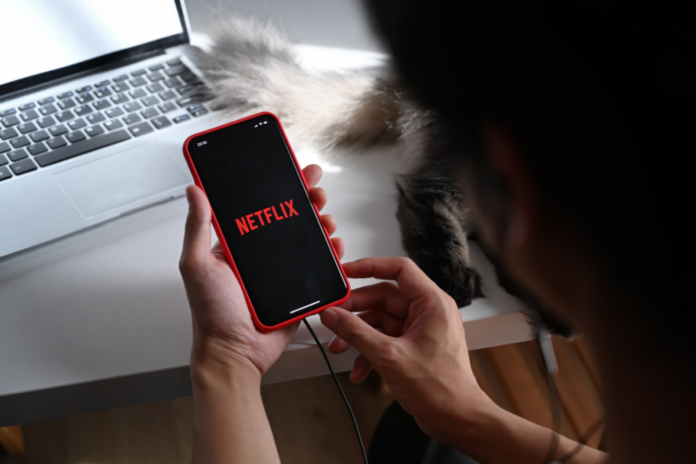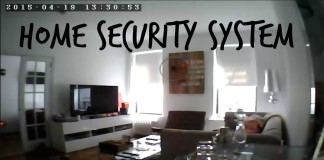By: Nick Gambino
Back in January, Netflix announced that they’re planning to clamp down on widespread password sharing. The news was met with some pretty vocal protest from a ton of Netflix users who are still using their ex-girlfriend’s account.
To combat rampant password sharing, the streaming giant intends to start charging accounts a smaller fee for additional users. They’re also planning to make the primary user routinely re-login to their account from their primary household while any devices Netflix deemed not in that primary household will be logged out. That is, unless they pay up.
While Netflix delayed the wide launch, they did roll out this paid sharing plan in four countries in Q1 – Canada, New Zealand, Portugal and Spain. Prior to that they tested paid sharing in Latin America. Apparently pleased with the results, they are now engaging in a wide rollout this year with the US hitting in Q2.
Having tested it in five regions before the broad rollout, Netflix feels they’ve identified what’s most important to users, allowing them to make tweaks before going wide. Canada, they say, is a good barometer for how things will go in the US.
“We could have launched broadly in late Q1, but we found enough improvement opportunities in these areas to shift a broad launch to Q2 to implement those changes,” the company laid out in their Netflix Q1 shareholder report. “Longer term paid sharing will ensure a bigger revenue base from which we can grow as we improve our service.”
Having experienced booming growth for many years, only to see that level out as of late, Netflix is going all in on plugging any leaks so as to increase profits. One revenue stream they’ve opened up is an ad-supported streaming plan. Netflix was always known as the ad-free platform but that’s no more.
Some users don’t mind ads, and now there’s a cheaper plan for them. While at launch the ad plan only supported 720p, they’ve just announced they’re upping that to 1080p so as to deliver “improved video quality.” It looks like the basic ad-free plan will stay at 720p.
While some might buck these changes, especially paid sharing, you have to admit it makes sense and was always coming down the pike. They’re a public company fighting desperately to keep their spot at the top of the streaming mountain.










